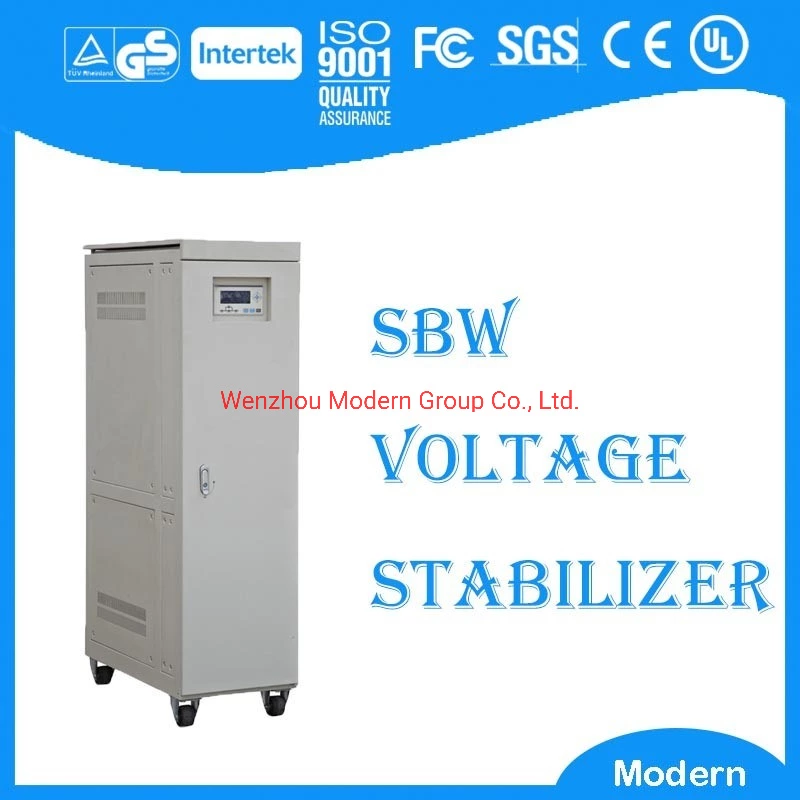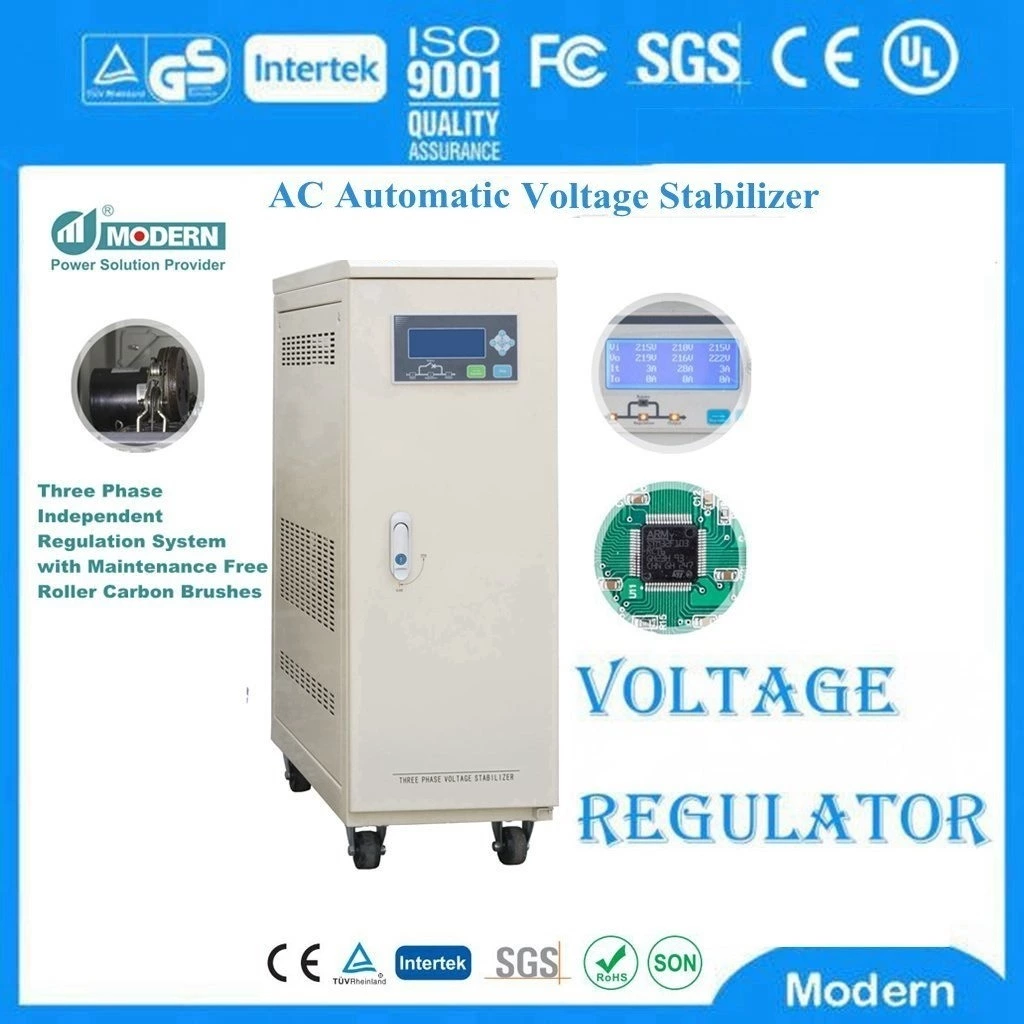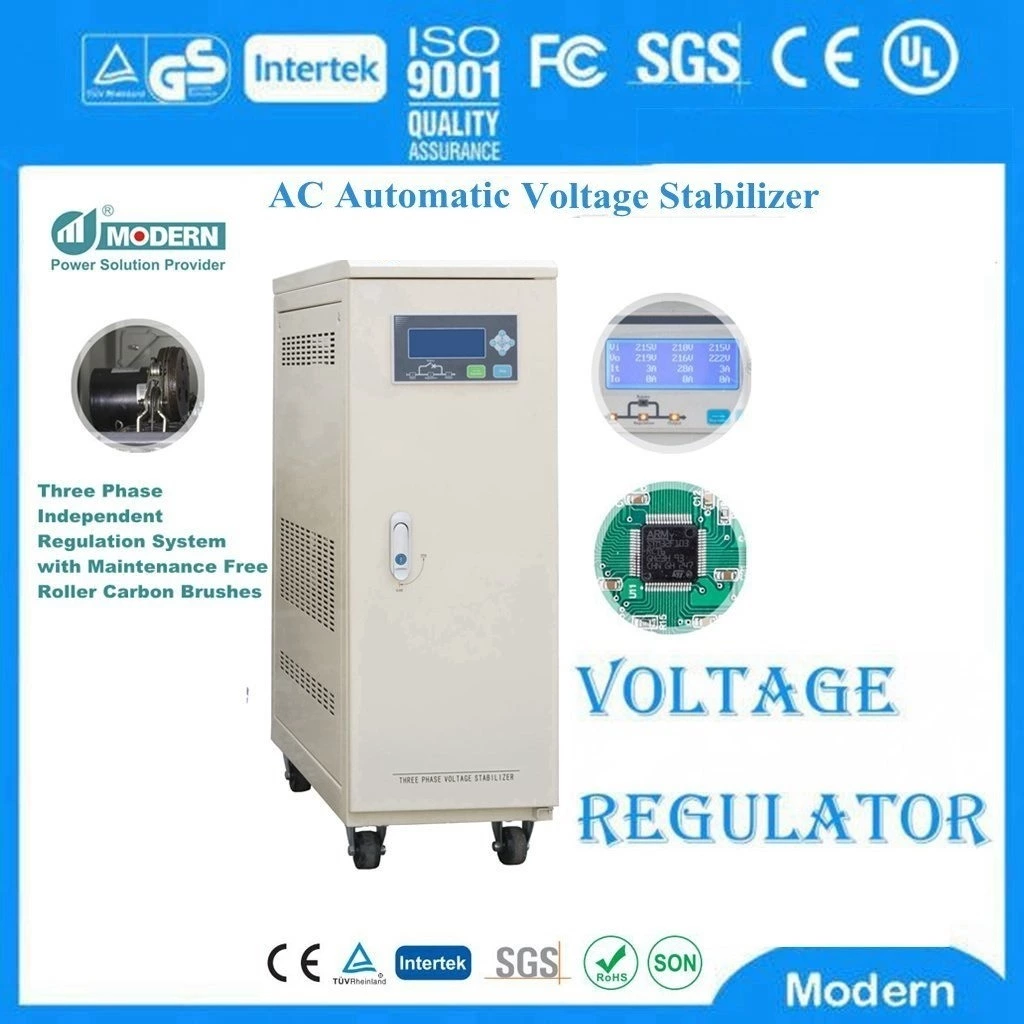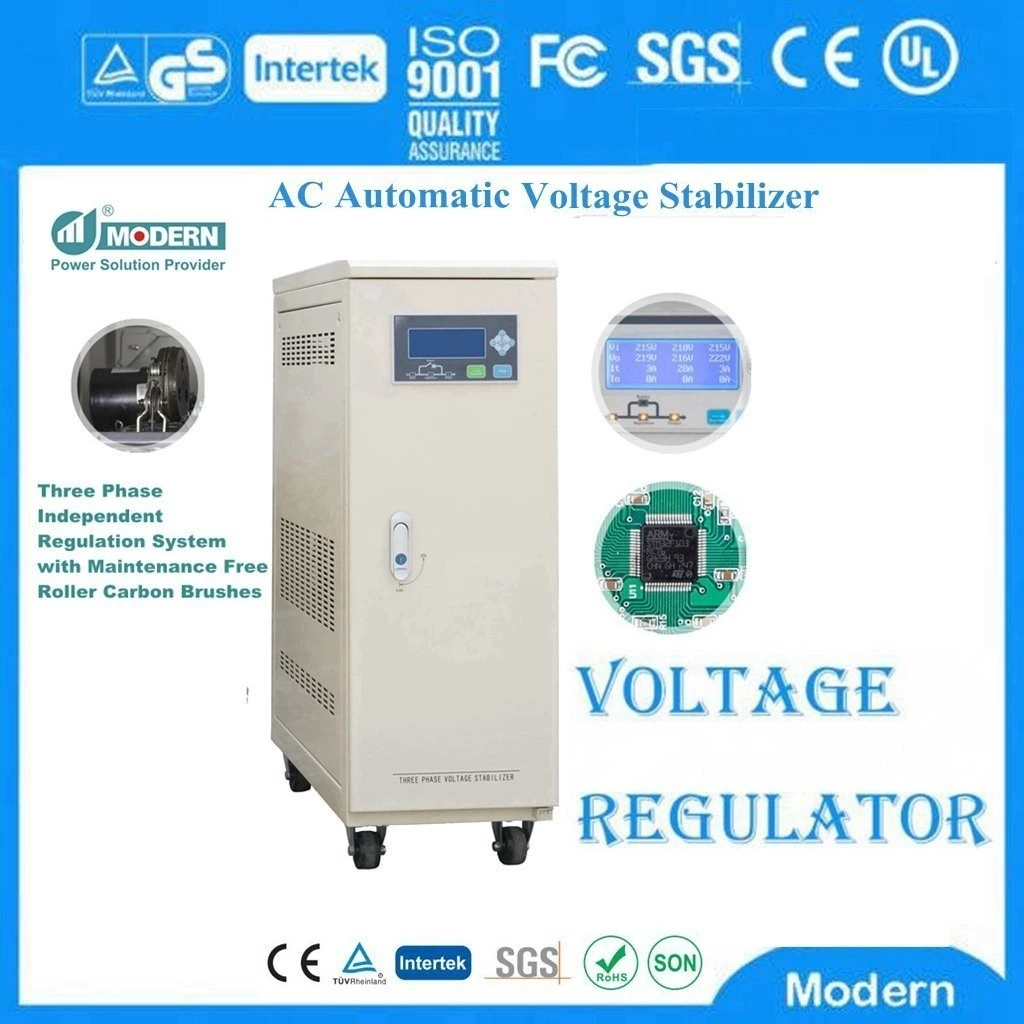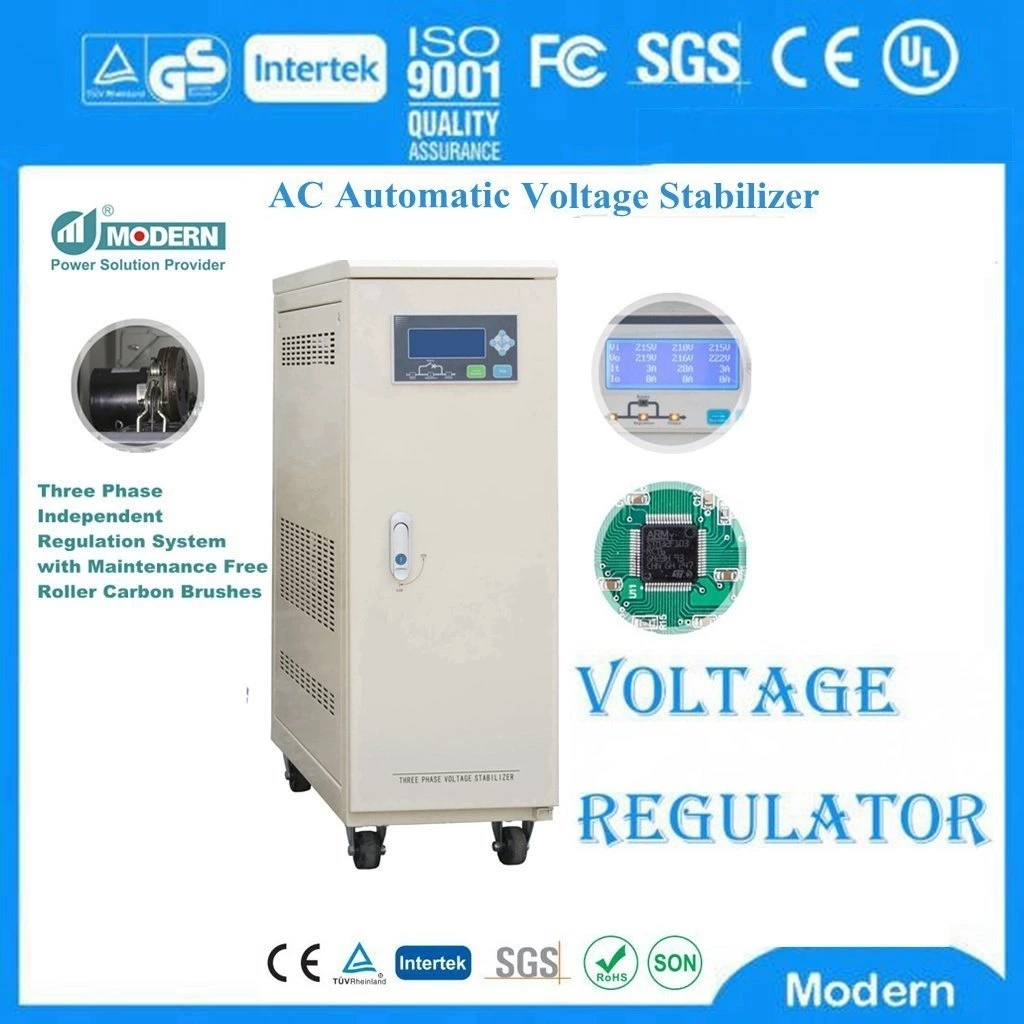Working Principle Of Voltage Regulator
All Static Voltage Stabilizer use the same technology to achieve output voltage stability. The output voltage is sampled through the resistive divider connected to the inverting input of the error amplifier. The non-inverting input of the error amplifier is connected to a reference voltage Vref. The reference voltage is generated by the bandgap reference source inside the IC. The error amplifier always tries to force its inputs at both ends to be equal. To this end, it provides load current to ensure the output voltage is stable:
Vout=Vref(1+R1/R2)
Analysis of the principle of static voltage regulator
Point A is the input side of the single-phase voltage regulator, and point B is the output side of the single-phase voltage regulator
In fact, this type of voltage regulator that uses a voltage regulator to directly regulate the voltage is made using the principle of an autotransformer. The AN side in the figure is the input side of the autotransformer, and the BN side is the output side of the autotransformer. If the input voltage is higher than the output setting point 220V, the autotransformer works in a step-down state. If the input voltage is lower than 220V, the autotransformer works in a step-up state. (The figure shows that it is in a step-down state)
The main difference between this voltage regulator and the autotransformer is that the input point A can slide arbitrarily from 0 to 250V. In this way, the input point of the input voltage can be adjusted at any time to meet the constant output voltage. Generally, we call the eight points on the input side a sliding arm, which is driven by the motor through a deceleration device, and the direction of the motor is controlled by the voltage stabilization control circuit.
The sampling circuit of the voltage regulator always monitors the voltage between the two output points of the voltage regulator. When the output voltage increases, the motor is controlled to move in the direction of the autotransformer step-down, as shown in Figure 2. When the output voltage reaches the desired voltage, the motor movement is stopped. Conversely, the control circuit controls the motor to rotate in the direction of the autotransformer step-up. (Figure 3) It stops when the desired voltage is reached.
The capacity of this type of voltage regulator is entirely borne by the autotransformer of the output voltage transformer, but due to the influence of its manufacturing process, it cannot be made very large and can only be adapted to small power occasions. To make the power of the voltage regulator larger, a compensation transformer must be added to achieve power expansion of the voltage regulator.
Working principle of static voltage stabilizer:
A static voltage stabilizer actually connects three voltage stabilizing units together using the "" method. Then use the control circuit board and the motor drive system to control the voltage regulating transformer to achieve the function of stabilizing the output voltage. If the sliding arms of the three voltage regulating transformers are driven by one motor, the voltage regulation method is a unified voltage regulator. If the sliding arms of the three voltage regulating transformers are independently adjusted by three motors, the voltage regulator is a three-phase separate voltage regulator. Their working principles are exactly the same as those of single-phase voltage regulators.

 Русский
Русский
 Français
Français
 Português
Português
 Español
Español
 اللغة العربية
اللغة العربية
